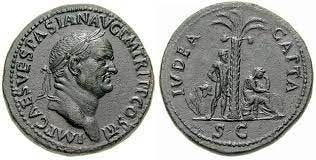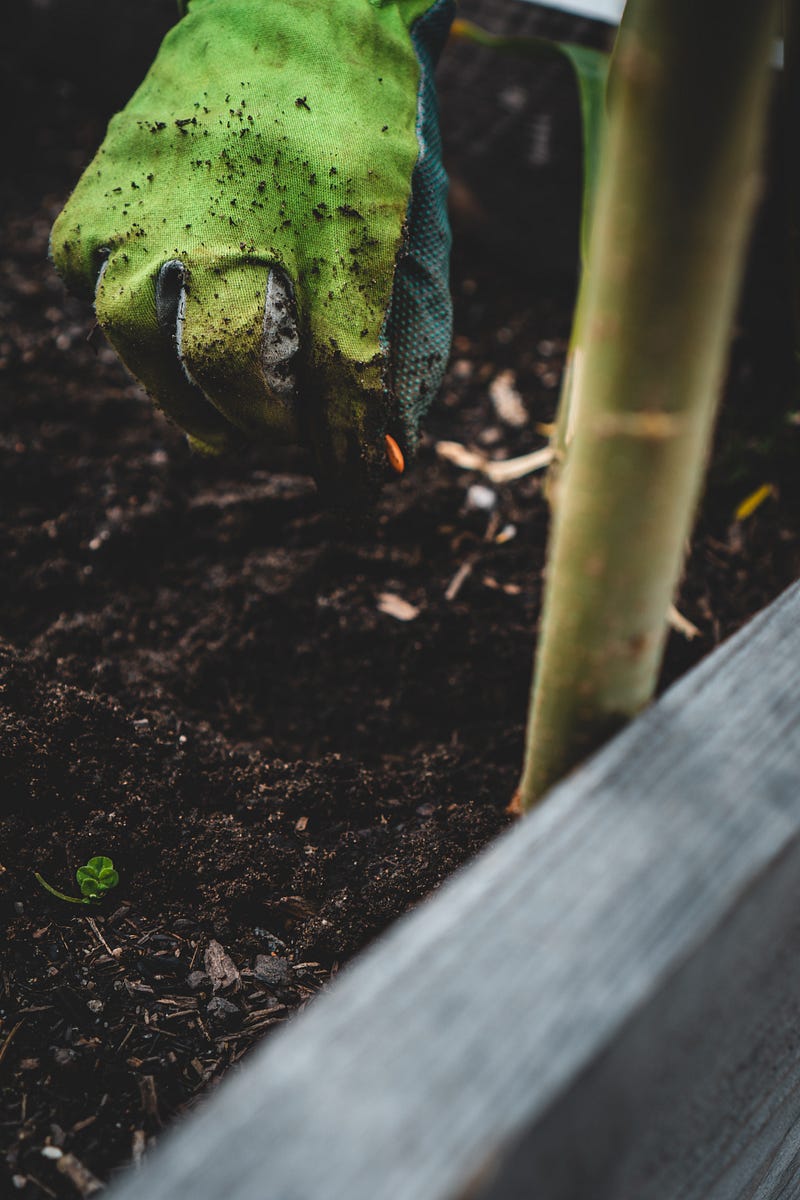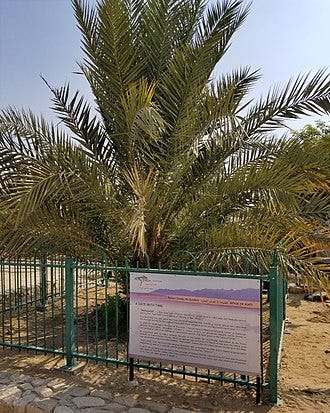Reviving Ancient Roots: The Remarkable Tale of Two Women
Written on
Chapter 1: The Significance of the Judean Date
The Judean date palm, renowned for its sweetness and medicinal benefits, was believed to alleviate depression and served as an aphrodisiac. Historical accounts even suggest it was effective in treating various ailments, including lung diseases, colds, and digestive issues. This palm, one of the most valued medicinal trees, has been cultivated for over 6,000 years and was seen as a symbol of the region. It was customary to present the Roman emperor with baskets of these dates as a tribute, reflecting their importance in trade and economy, to the extent that local currency featured depictions of the date tree and its fruits.

The Judean date was possibly the most sought-after variety during biblical times. The Romans targeted it for destruction to undermine the economic strength of Judea, leading to its extinction by 500 CE. However, this narrative takes a surprising turn 1,500 years later when two women embarked on a mission to bring this ancient fruit back to life.
Chapter 2: A Historical Treasure Unearthed
Masada, a fortress ordered by King Herod the Great, stood as the last stronghold of the Jewish people against Roman forces. After the destruction of Jerusalem in 70 CE, the Romans laid siege to Masada, where nearly a thousand inhabitants, including women and children, resided. Facing inevitable capture, the defenders destroyed their food supplies and chose to end their lives rather than surrender. Only two women and five children survived, entrusted with the story of Masada’s courage and resilience.
Adjacent to the last food store was a hidden cache of seeds, a treasure overlooked through the ages. Masada served as a monastery during the 5th century but was abandoned after the rise of Islam in the region. It wasn't until the early 1800s that archaeologists rediscovered the ancient site, with the seeds being found in 1965, merely categorized and stored away.
Chapter 3: The Quest Begins
Dr. Sarah Sallon, a pediatric gastroenterologist, became passionate about natural medicine after an illness in India led her to traditional remedies. “It was a remarkable experience,” she recounted. Upon returning to Israel, Sallon sought out medicinal plants, discovering many had vanished over time. She identified these as “historical ghosts.”
When she learned that seeds from some of these plants were recovered from archaeological sites, Sallon approached archaeologists for a few seeds to attempt reviving them. Initially met with skepticism, she persisted until she obtained five seeds, which she entrusted to her colleague, Dr. Elaine Solowey, a botanist.

Two of the seeds underwent radio-carbon dating, revealing they dated back to between 155 BCE and 65 CE. With only three seeds remaining, Solowey faced the daunting challenge of germinating seeds that were nearly 2,000 years old. “The first step was to hydrate them slowly,” she explained, using a bottle warmer and nurturing the seeds with patience.
On Tu B’shevat, a Jewish holiday marking the "New Year of the Trees," they planted the seeds. Miraculously, within weeks, one seed sprouted. By March 2005, just eight weeks after planting, they named the sprout Methuselah, after the biblical figure known for his extraordinary longevity.

Recognized by the Guinness Book of World Records as the oldest germinated seed, Methuselah’s location was kept secret due to its immense scientific and historical value. Both Sallon and Solowey felt a deep connection to their work, viewing themselves as the nurturing figures of Methuselah and the other revived date palms. “Nature has always been revered as a feminine force,” Sallon noted, while Solowey echoed the sentiment, emphasizing the nurturing aspect of their mission.
Chapter 4: Future Aspirations
The story doesn’t end with Methuselah. Solowey and Sallon have ambitious plans to cultivate Judean date plantations. “We aim to return it to cultivation and share it with the world,” Solowey stated.
In 2011, Methuselah produced a white flower, confirming his male status. Sallon began searching for more seeds, joking with Solowey about finding Methuselah a female companion. Their efforts led to successful pollination of Methuselah's pollen on contemporary date palms, confirming the potential for fruit production.
Sallon collected seeds from various archaeological sites, resulting in the growth of six additional trees, including four males and two females. They harvested hundreds of dates from the successful pairings, with Sallon particularly interested in any medicinal properties the fruit might possess.
As they continue their groundbreaking work, the dream of establishing an ancient date plantation appears within reach. “Last year, we harvested 600 beautiful dates from Hannah,” Solowey shared. “We planted another female, Yehudit, during Succot. We’re considering tissue culture for future growth,” she added.
The excitement surrounding their endeavors is palpable, and the world eagerly awaits the next chapter in the incredible journey of these two remarkable women.
© Maevyn Frey 2023
Maevyn Frey is a neurodivergent wordsmith with a passion for justice and equality. If you’d like to support her writing, you can leave her a tip on ko-fi. For more of the good stuff, follow Fourth Wave. If you have a story, essay, or poem highlighting women or marginalized groups, consider submitting to the Wave!